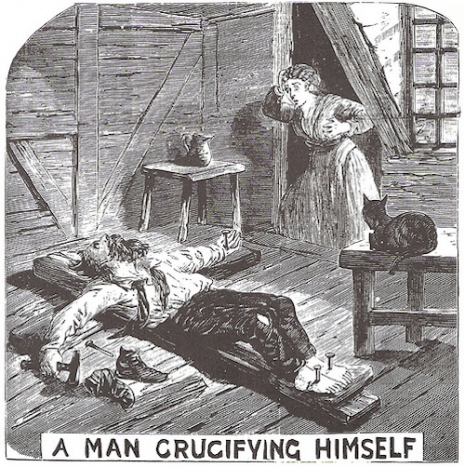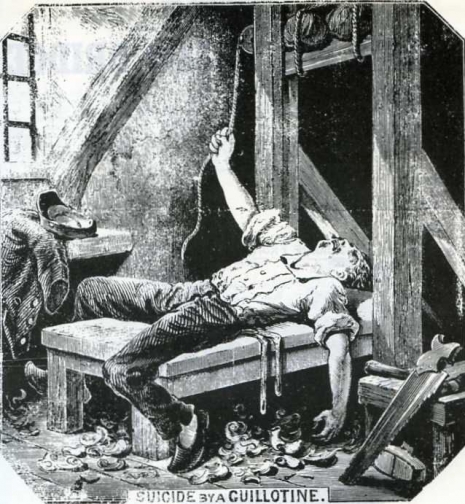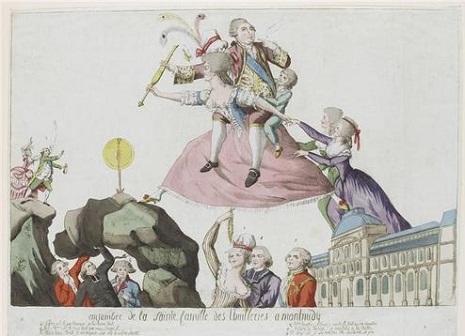
July, 1895.
The first issue of what is best described as a pioneering tabloid-style publication, The Illustrated Police News hit the street corners of London back in 1864. It was modeled after The Illustrated London News (established in 1842) which used illustrations in their news reports, as their readers quite literally could not get enough of them. Essentially The Illustrated Police News ran with the notion that “readers” would rather look at pictures of the crimes that were being committed from Manchester to Birmingham than actually “read” about them. Ah, how little has changed since the eighteenth century, wouldn’t you agree?
Incredibly popular with the working class population, the paper often found itself in hot water for its ultra-sensational illustrated pictorials concerning booze-hungry monkeys run amok, a fatal impalement at a traveling carnival or an old man being eaten by his cats. The more stupefying the news, the better. Police News was Yellow Journalism at its best though the actual term “Yellow Journalism” would not actually be coined until the late 1890s. The tabloid didn’t even shy away from reporting news items that concerned folklore or supernatural shenanigans like gun-toting ghosts or a chance encounter in the woods with a giant serpent. Kind of like when the Weekly World News discovered Bat Boy (the internationally-known boy/bat hybrid created by WWN artist Dick Kulpa) hiding in a West Virginia cave in 1992. Did your neighbor drop her baby in the bucket full of boiling water? The artists behind the IPN would draw a titillating grim depiction of it to print for their blood-thirsty fans as fast as possible. In a detailed article about the publication, The British Newspaper Archive notes that in 1886 the readers of the classy sounding Pall Mall Gazette, which touted itself to be the voice of the “higher circles of society” voted The Illustrated Police News as the “worst newspaper in England.”
The owner of the IPN George Purkiss was so dedicated to capturing the essence of a crime scene that he would deploy his large team of 70 to 100 artists to wherever there was a dead body or some sort of mayhemic event had transpired as soon as the story was reported. In fact, the paper enjoyed a rise in circulation after running stories and illustrations of Jack the Ripper and “Negro Jack the Ripper” stories when the killer was stalking streetwalkers in the late 1800s. Purkiss also didn’t seem to give a rat’s ass about what the stuck-up Pall Mall Gazette had to say about his salacious paper. Here’s more from Mr. Purkiss on why he believed The Illustrated Police News was so important:
“I know what people say, but as I replied to a friend who asked me why I did not produce some other paper than the Police News I said that we can’t (have) all have Timeses and Telegraphs. And if we can’t have the Telegraph or the Times, we must put up with the Police News.”
The fearless leader of the IPN would pass away in 1892 from tuberculosis but the paper would continue to report the news using its graphic depictions of murder and crimes of passion until 1938. There’s a motherlode of images from the paper for you to eyeball below. Some are NSFW.


More murder and mayhem, after the jump…








